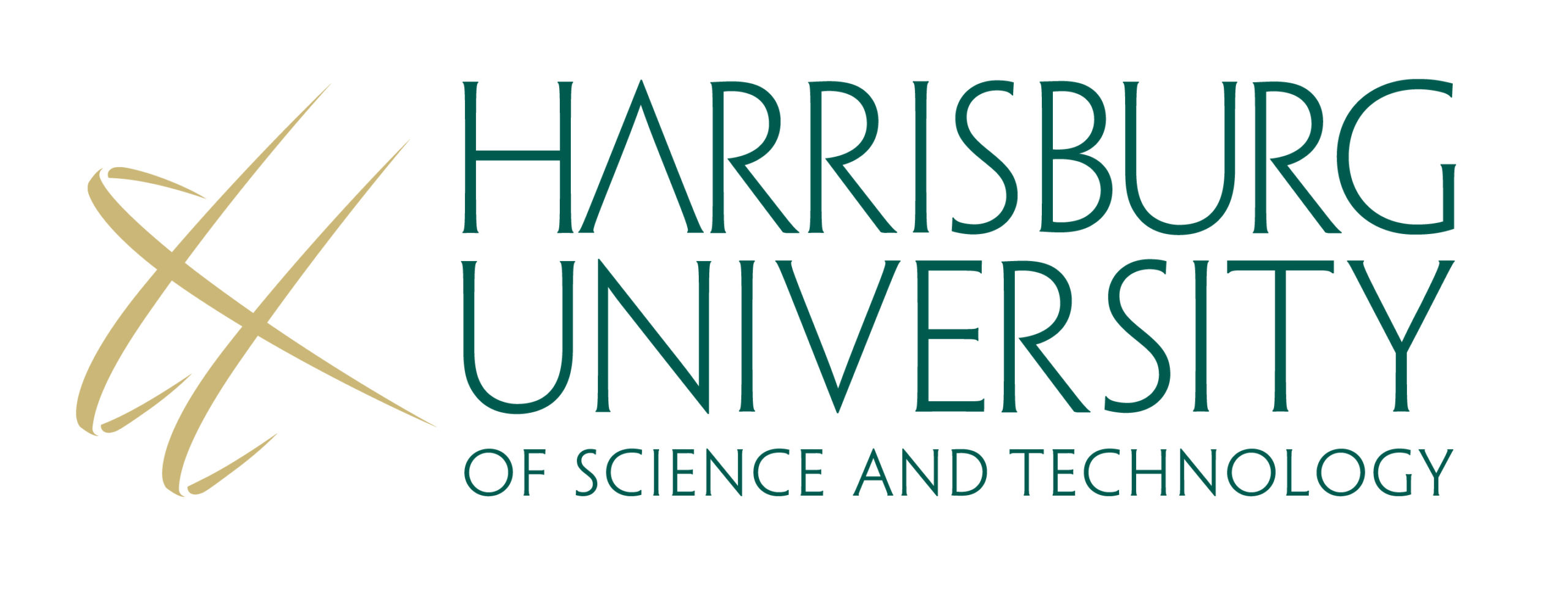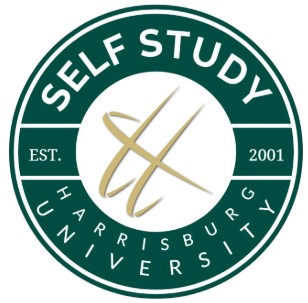SELF-STUDY PRIORITIES AND OUTCOMES
With the inputs from hosted student events, discussions with faculty and staff, and alignment with the institution’s mission, vision, and strategic goals, Harrisburg University identified five institutional priorities and outcomes to focus the self-study. The institutional priorities and intended outcomes framing the study were defined then shared with University leadership for final approval.
DEFINED PRIORITIES
Student Success includes the myriad planned educational and social experiences orchestrated to provide social, emotional, and academic development of Harrisburg University students. Civic engagement, research initiatives, and continuous individualized support combined with academic course work lay the foundation for successful STEM students at HU while bolstering the university’s continuous growth in retention, persistence, and completion rates.
Continuous Improvement remains the central pillar for the university’s academic and operational units. Recognizing the synergy between improvement and self-evaluation, the entire HU community strives for improvements in student and employee services, operational and tactical planning, and evidence-based decision-making associated with student success. institutional growth and positive local, regional, and global impact.
Growth and Sustainability are closely connected for a relatively young university since endowment support is minimal and operational income provides sustainability for both stable staff employment and programmatic expansion.
Innovation has been a central theme at HU since its inception with required experiential learning as part of the undergraduate curriculum; rigorous applied project or thesis work as part of the master’s degree programs; and innovation and original work as integral to the new PhD programs. The entrepreneurial spirit, enhanced by corporate faculty from the broad science and technology industries, is a dominant force in the ethos of HU’s faculty as it develops graduates capable of immediate contributions to the regional, national, and global economy.
Infrastructure supports student life and classroom environments, staff professionalism, and even the well-being of the surrounding downtown economy. The growing university is expanding its structural presence in Harrisburg as well as developing the ability to support distributed educational settings elsewhere to provide a consistent educational product to more students interested in the HU approach.
Weighted Alignment of Mission with Institutional Priorities

Weighted Alignment of Institutional Priorities with Commission Standards

INTENDED OUTCOMES OF THE SELF-STUDY
Operating from principles of continuous improvement and managing growth, the HU community structured an inclusive, standing Institutional Effectiveness Committee for advancing student success, ensuring institutional planning, and meeting the University’s mission as the University grows. Recognizing the self-study process denotes one mechanism of demonstrating responsibility, the HU community structured the following five intended outcomes. Additionally, the proposed outcomes and self-study process contributes to framing the appropriate action plans following the self-study.
Intended outcomes include to:
- Provide a concise, accurate analysis of findings, recognizing strengths and gaps, and proposing actionable recommendations across the five identified priorities and the University mission.
- Engage the entire Harrisburg University community in a thoughtful and transparent self-assessment process.
- Identify opportunities to enhance and sustain the rigor and extent of the University’s Institutional Effectiveness Committee’s on-going contributions to serving students and staff.
- Identify the elements necessary to design an effective internal and external communication plan to support the needs of a growing institution.
- Demonstrate how Harrisburg University consistently meets MSCHE standards, Requirements of Affiliation, and all federal compliance mandates.


